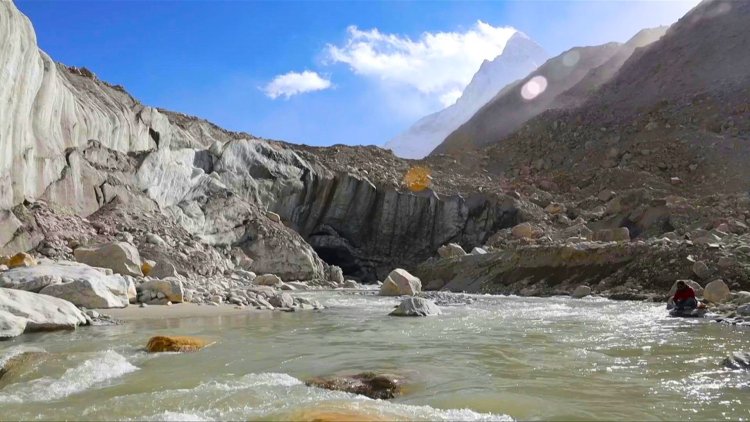Melting glaciers, heatwaves and climate crisis in India

From prime ministers and millionaires to labourers and ascetics, Hindu faithful dream of trekking at least once in their lives to Gaumukh, where the waters of India's holiest river, the Ganges, emerge from a Himalayan glacier.
But the ice at the end of the arduous journey is receding rapidly and portends an increasingly dry future for a country of 1.4 billion people facing existential challenges from climate change.
"It is quite astonishing, so quick and it is happening every day and every second," said Sheethal Vepur Ramamurthy, a researcher with Friedrich Schiller University in Jena, Germany.
"We can even see the glacier dripping," she said at the site. "So, it is a harsh reality."
"Climate change definitely plays a role. Although people may deny it is happening in front of our eyes, we just have to witness it."
The Ganges flows for around 2,500 kilometres across India and is central to both Hindu identity -- believers revere it as "mother Ganga '' -- and the survival of 500 million people who depend on its water for their dairy farming, domestic and industrial needs.
Seventy-five years after independence, India has overtaken former coloniser Britain to become the world's fifth-largest economy.
It is also the world's third-biggest carbon emitter and second-biggest coal user.
Now, it is experiencing increasingly frequent droughts, floods and water shortages.












